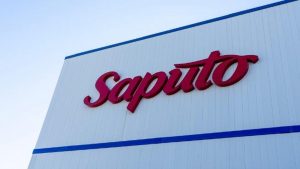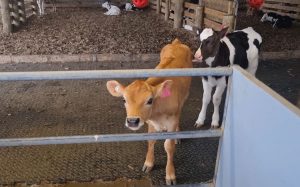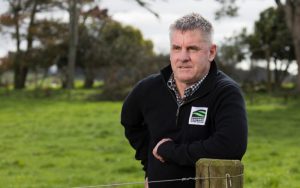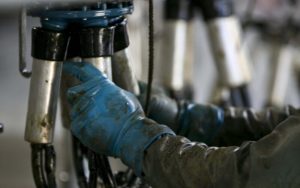
Near the Fonterra factory in Hāwera, 110 hectares of land has been split into two random groups of paddocks – one half farmed the conventional way and the other half according to how sustainable farming could look in the future.
It’s hoped the “future farm”, focused on regenerative agriculture and with reduced greenhouse emissions, could shine a light on a transition to a greener future for the farming industry, Dairy Trust Taranaki (DTT) general manager Jason Rolfe said.
The three-year experiment at The Gibson Farm, run by DTT, is in its final year and Rolfe said since starting the profitability of the future farmlet has increased.

“The first year of the trial the future farmlet was 12% less profitable than the conventional, and this year was only 2%,” Rolfe said.
Rolfe said the future farmlet was forecasted to be 2% more profitable than the conventional farm by the end of the final year.
The future farmlet has 2.5 cows per hectare whereas the conventional farm has 3.1 – almost 20% more cows.
“The future farm has overall 21% less emissions than the current farm and is just as profitable, if not more profitable than a conventional one,” Rolfe said.
“The cows are more efficient and we are not bringing in as much feed, or as much nitrogen fertiliser, so we have lower emissions.”

Over the 2021-2022 seasons, the traditionally-farmed cows have been producing 403kg of milk solids during the 282 days in milk.
On the other hand, the future-farmed cows have been producing 428 kg of milk solids during a 294-days-long period.
“The idea is to have a more efficient cow that can effectively turn the same amount of food into more milk,” Rolfe said.
Farmers are not yet part of the emission trading scheme established by the Government to meet greenhouse emissions targets and international obligations. But this will change in the coming years.

By the end of 2022, every farmer in Aotearoa New Zealand should have their greenhouse emissions documented, as part of the He Waka Eke Noa 5-year programme – a partnership between ministries, agriculture lobby groups and Māori associations.
And as part of the programme, by January 2025, farmers should have worked through their greenhouse emissions and have produced a feasible plan to sensibly reduce them. Which is important, as the agricultural sector accounts for 48% of the country’s gross emissions.
Through the research project, which is being run on land owned by Fonterra, Rolfe is hoping to prove to farmers how sustainability won’t damage profitability.

“With this project, we are trying to have a lower environmental footprint farm that is just as profitable, if not more profitable than a conventional one.”
And some Taranaki farmers are already experimenting with more environmentally frinedly techniques on their own land and experiencing good results.

By using the latest technology and transforming wasteland into regenerative bushes, Awatuna farmer Donna Cram has managed to reduce her greenhouse emissions while preserving the profit of the farm.
With the help of “cow managers” that tell her when cows are on heat, Cram, who is also the climate change ambassador for Dairy NZ, has managed to keep her 117 hectares of farmland successful.
“We want to keep evolving and reduce [our emissions] further, but we have to remain profitable and pay off debt,” she said.
“People are making slow changes because it’s not as easy as it sounds.”

In the past four years, Cram has reduced her farm’s greenhouse emissions by over 2 tonnes per hectare, by decreasing the feeding in silos and planting 12,000 native trees.
On her dairy farm in South Taranaki, she has built a wetland and has been working alongside NIWA, Dairy NZ and the Taranaki Regional Council to reduce nitrogen in waterways.
“We can’t look at just greenhouse gases on their own. We’ve got to look at everything whether it’s freshwater, biosecurity, biodiversity.”

However, Climate Justice Taranaki spokesperson Emily Bailey said the problem was only a “tiny minority of farmers” were implementing the more environmentally friendly practices.
The Taranaki ring plain, an area that covers the land out of the Egmont National Park/Te Papakura o Taranaki down to the sea, has been heavily damaged in the previous years, she said.
“In the last ten years, the ring plain indigenous vegetation has gone from less than 10% to less than 5%, which is pretty shocking.
“And the majority of land operation on the ring is farming.”
Reducing emissions and stabilising the damage done in the previous century should be the only concern for the community, she said.
“De-growth is about drawing down the emissions and stabilising the damage that we have done to the planet. So, regenerating lands, regenerating waterways and regenerating communities.
“It’s not about monetary profit, but it’s about social and environmental profit.”

























